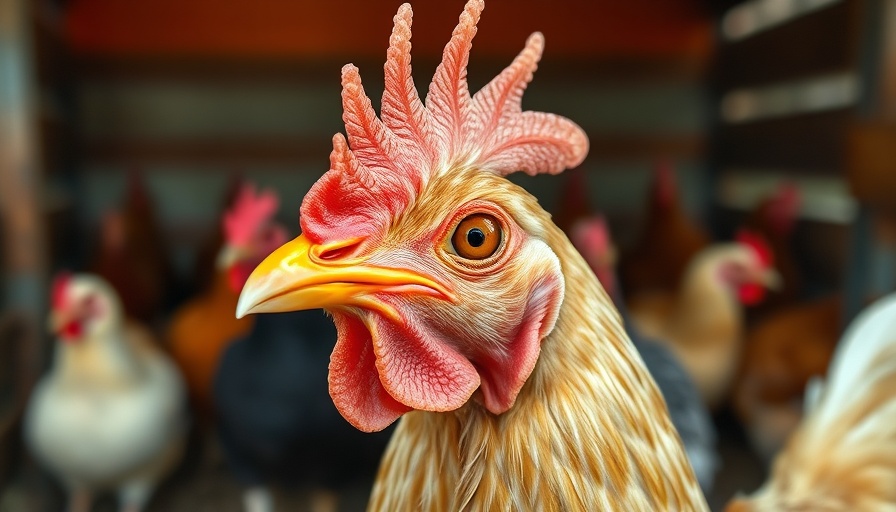
Understanding the World of Chickens
Chickens are an important part of many farms and backyards, yet there’s often confusion about the differences between hens and chickens. At the most basic level, chickens are a broad term that refers to the entire species, encompassing both males and females. But what exactly sets a hen apart from a chicken?
The Role of Hens in Our Lives
Hens are the mature females of the chicken family. Typically, they reach maturity at around 6 months to 1 year of age, at which point they begin to lay eggs. Think of hens as the hardworking members of the flock who diligently nurture their eggs and chicks. They are known for their nurturing instincts – a fact that many backyard chicken keepers can attest to! These feathered ladies are not just sources of delightful breakfast treats; they bring a nurturing, motherly aspect to their roles.
Chickens: A Broader Perspective
Chickens, as a breed, unlock a wider understanding of poultry. This term includes both genders: roosters (the males), pullets (young females), and cockerels (young males). Each plays a vital role in maintaining the dynamics of the flock. In essence, without hens, there would be no eggs, and without roosters, the breed wouldn’t thrive – their diverse presence makes the barnyard lively!
Why Understanding Matters
In a world where we constantly seek to connect with our food, knowing the differences among poultry can enhance our appreciation. Recognizing the unique roles that hens and chickens play not only fosters respect for these creatures but also helps us understand our agricultural systems better. As we embrace this knowledge, we cultivate a deeper connection to farming, sustainability, and food sources.
 Add Row
Add Row  Add
Add 




 Add Row
Add Row  Add
Add 

Write A Comment